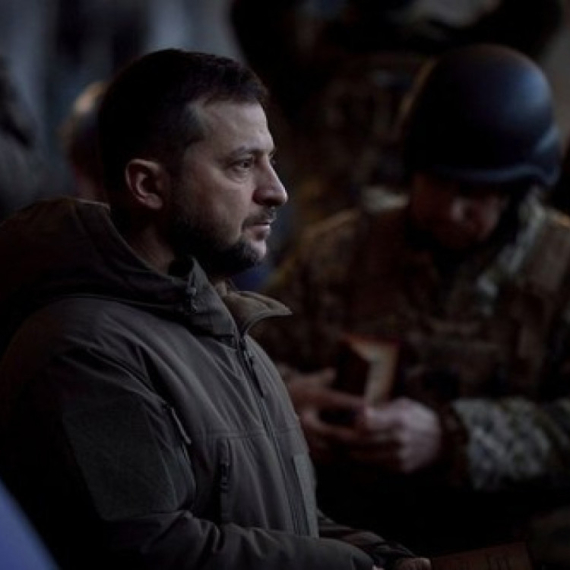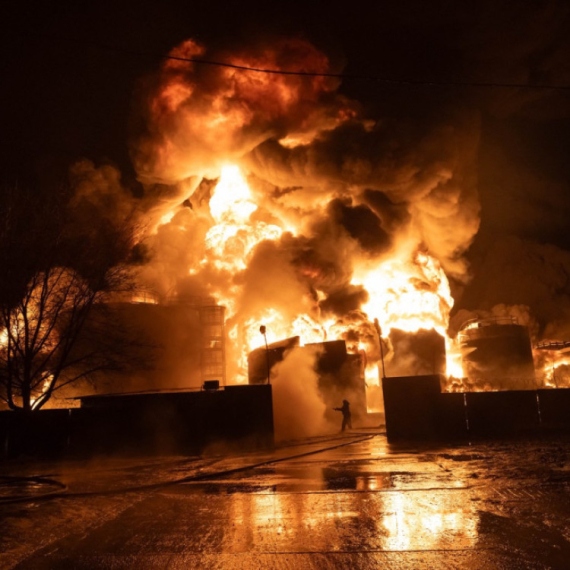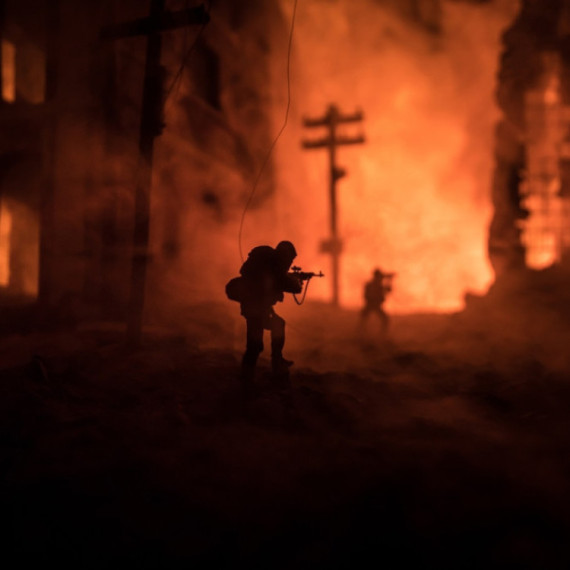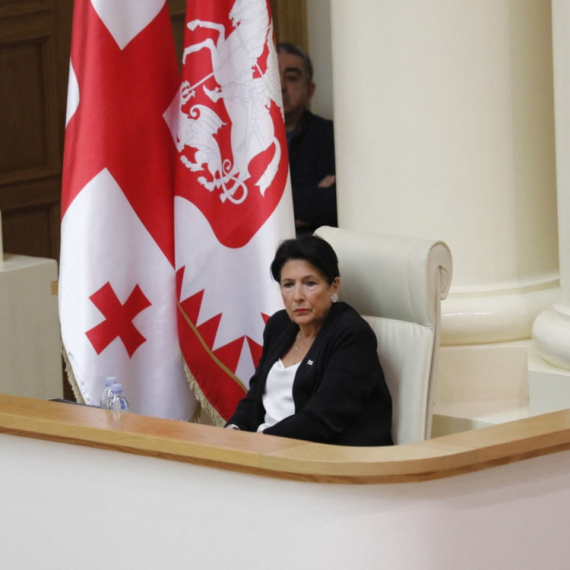WWII Roma victims commemorated in Serbia
Serbian Prime Minister Ivica Dačić attended a marking of the National Remembrance Day of Roma Killed in WWII in the village of Jabuka on Sunday.
Sunday, 16.12.2012.
13:32

JABUKA Serbian Prime Minister Ivica Dacic attended a marking of the National Remembrance Day of Roma Killed in WWII in the village of Jabuka on Sunday. He said that Serbia marked all instances of past suffering with the hope that such crimes and ethnic hatred would never happen again. WWII Roma victims commemorated in Serbia Dacic said the genocide which took place at the site was one of the most tragic episodes of WWII. "The genocide against the Roma in WWII is one of the most tragic episodes of that armed conflict, but it has been almost completely forgotten by modern generations," said the prime minister at the commemoration. Dacic stressed that today's ceremony was held in memory of December 16, 1942, when Heinrich Himmler gave the order for a systematic deportation of Roma, who were sent to the Auschwitz-Birkenau death camp between February 1943 and July 1944. He recalled that this death camp had a sub-camp reserved for the Roma, called Zigeunerlager. Of the more than 23,000 Roma incarcerated at the camp, 20,000 were killed. “For a while, Zigeunerlager was run by Josef Mengele, who experimented on the Roma, children in particular,” Dacic noted. "In the territory of occupied Serbia during WWII, the Roma suffered the most victims in October 1941 when German occupying forces carried out mass executions of civilians in Belgrade, Draginac, Kraljevo and Kragujevac," said the prime minister. He noted that the suffering of the Roma in the territory of occupied Serbia was not limited just to these tragic events - there were many locations across the country where Serbs, Roma and Jews were killed, including Staro Sajmiste, Banjica, and Jajinci. As part of the commemorative ceremony, wreaths were laid at a memorial complex in Jabuka near the town of Pancevo. Tanjug
WWII Roma victims commemorated in Serbia
Dačić said the genocide which took place at the site was one of the most tragic episodes of WWII."The genocide against the Roma in WWII is one of the most tragic episodes of that armed conflict, but it has been almost completely forgotten by modern generations," said the prime minister at the commemoration.
Dačić stressed that today's ceremony was held in memory of December 16, 1942, when Heinrich Himmler gave the order for a systematic deportation of Roma, who were sent to the Auschwitz-Birkenau death camp between February 1943 and July 1944.
He recalled that this death camp had a sub-camp reserved for the Roma, called Zigeunerlager.
Of the more than 23,000 Roma incarcerated at the camp, 20,000 were killed.
“For a while, Zigeunerlager was run by Josef Mengele, who experimented on the Roma, children in particular,” Dačić noted.
"In the territory of occupied Serbia during WWII, the Roma suffered the most victims in October 1941 when German occupying forces carried out mass executions of civilians in Belgrade, Draginac, Kraljevo and Kragujevac," said the prime minister.
He noted that the suffering of the Roma in the territory of occupied Serbia was not limited just to these tragic events - there were many locations across the country where Serbs, Roma and Jews were killed, including Staro Sajmište, Banjica, and Jajinci.
As part of the commemorative ceremony, wreaths were laid at a memorial complex in Jabuka near the town of Pančevo.

















Komentari 12
Pogledaj komentare